If you’re already struggling to make ends meet as it is, how on earth can you be expected to prepare your family for a disaster? How do you prep on a shoestring budget?
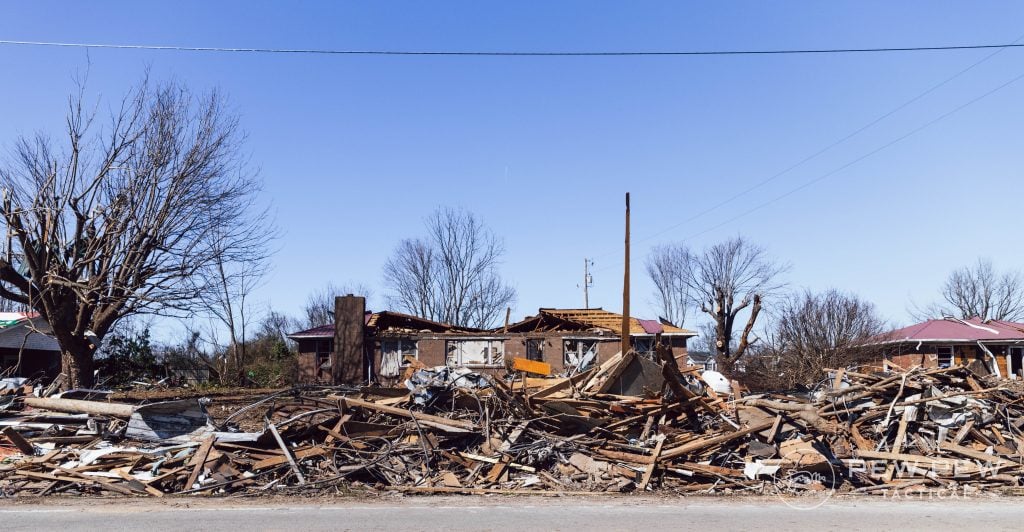
If this is where you find yourself, then read on as we discuss the necessities you need and how to keep things budget-friendly.
It’s not as difficult as you might initially think…
Table of Contents
What Should I Prep?
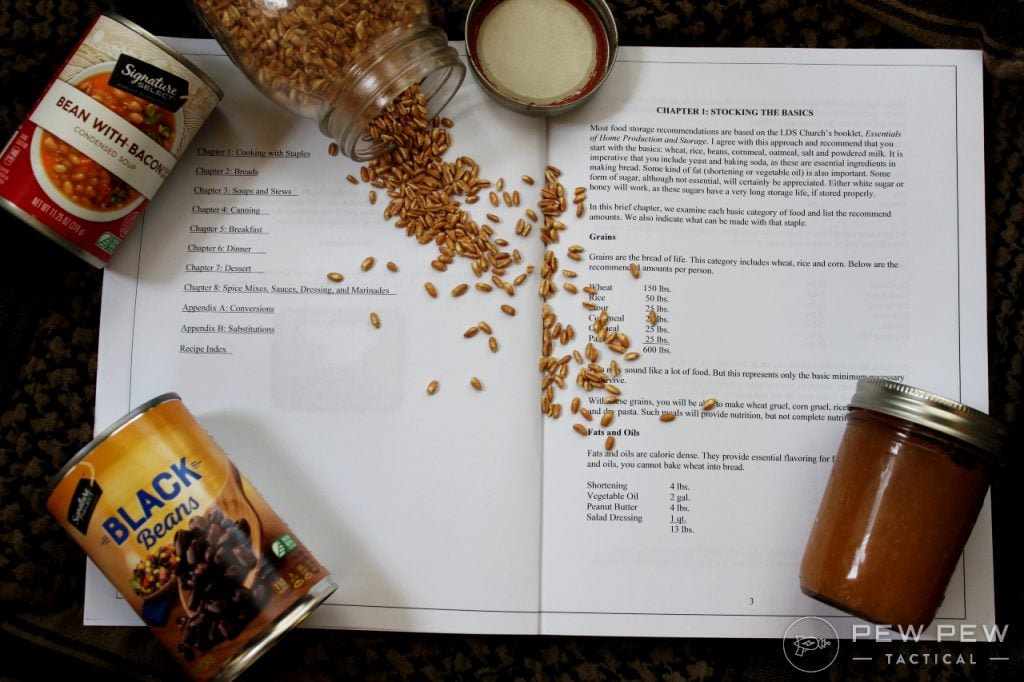
Well, what do you need on a daily basis to survive? Let’s consider a few main areas people need to cover:
- Water
- Food
- Protection
- Medicine
- Hygiene
- Communication
- Information
If you’re prepping on a shoestring budget, here are my tips for what to focus on within each category.
Water
Surviving a terrorist attack only to get killed off by cholera is rather anticlimactic.
You have to have pure water. If one is looking at prepping their water storage and purification ability on a budget, here is what I recommend:
Gallon Jugs of Water ($0.80/gallon)
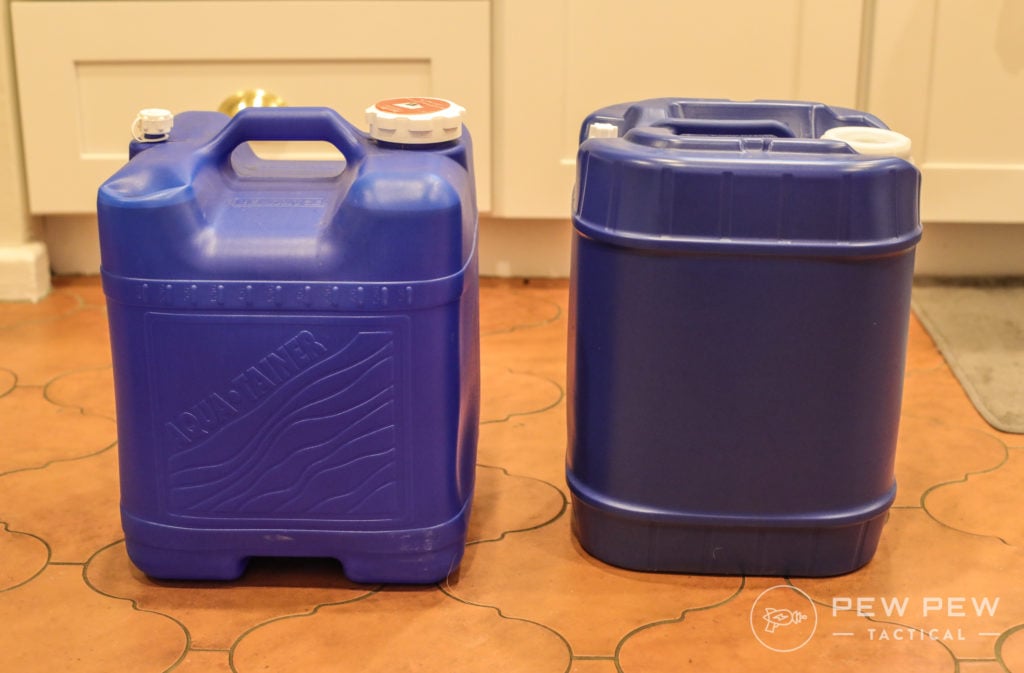
These can easily be found for under $1/gallon at your local grocery store.
If you’re like most Americans, you probably go to the grocery store once every week or two, so spend $2 on water the next time you go. That’s really easy to swing budget-wise and will greatly help you to improve your disaster resiliency.
Knock-Off LifeStraws ($7/straw)
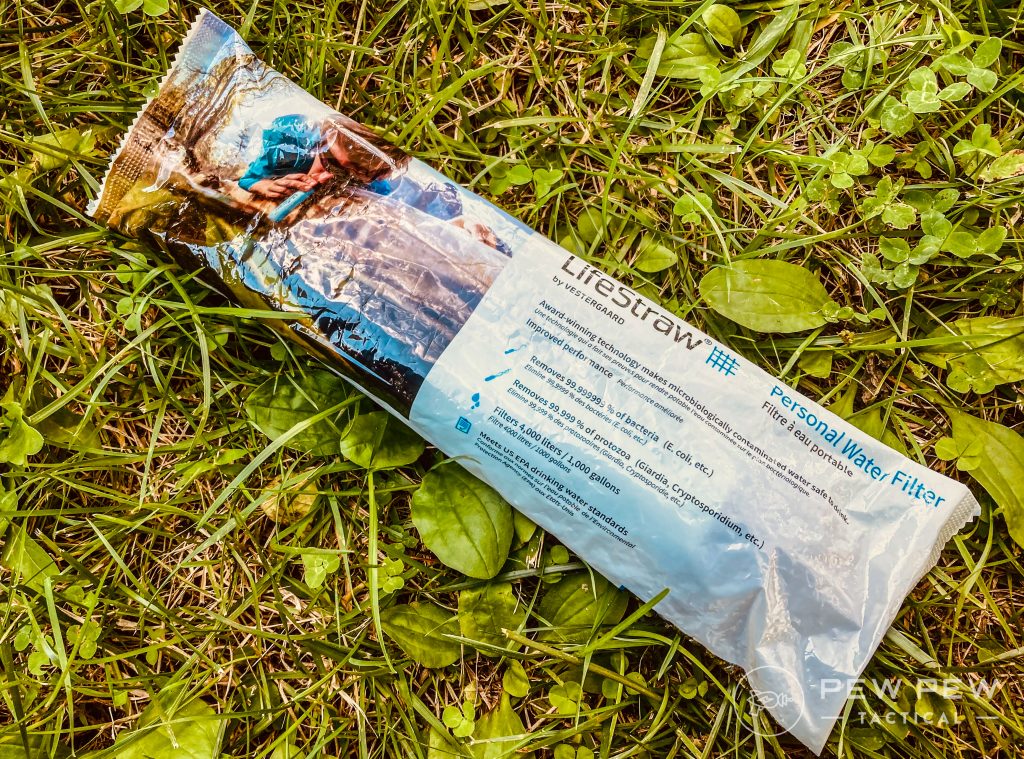
The knock-off versions are way cheaper, and to my knowledge, they all work the same.
These are a simple and economical way to ensure that you always have a form of water purification with you. They can easily be found online for $15 for a two-pack.
Food
If I wanted to get as many calories out of my dollars as possible, I would focus on dried beans, bags of rice, generic-brand dried pasta, and generic-brand canned goods.
While there are all kinds of great “prepper foods” out there, these are readily available, inexpensive, and they store very well. So, skip the Mountain House freeze-dried meals at the moment, and focus more on the below…
Beans ($1/pound)
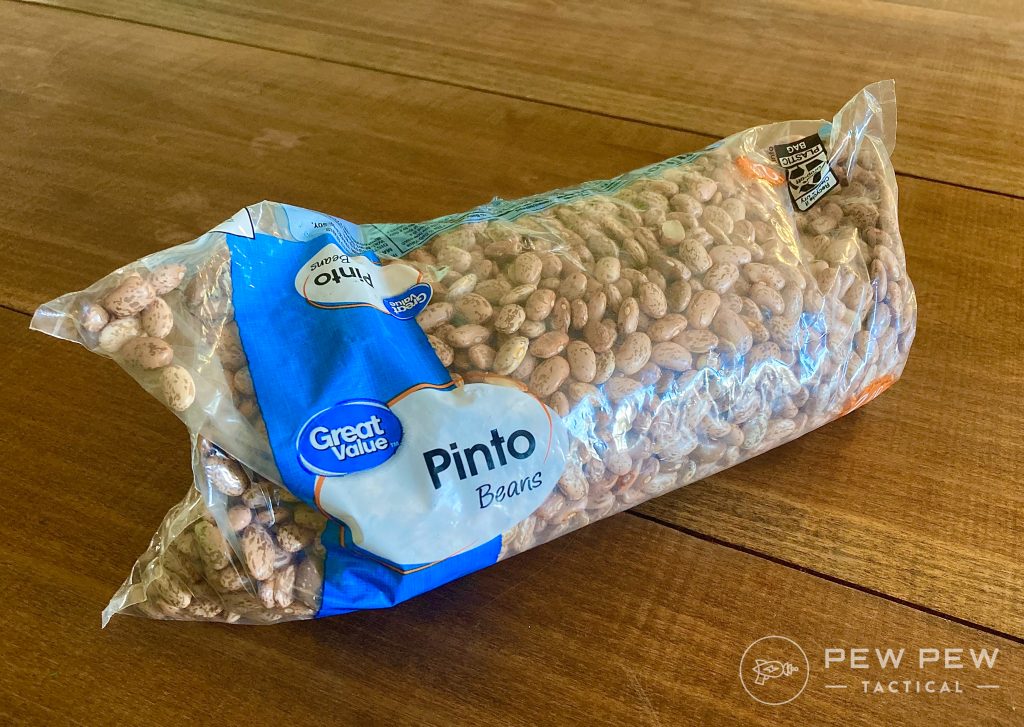
Any type of dried bean will do. You’ll get somewhere in the ballpark of 2,600 calories. Protein and fiber are necessary for your daily diet, and this is a cheap way to get both.
They taste great mixed with rice too!
Rice ($10/25 pounds)
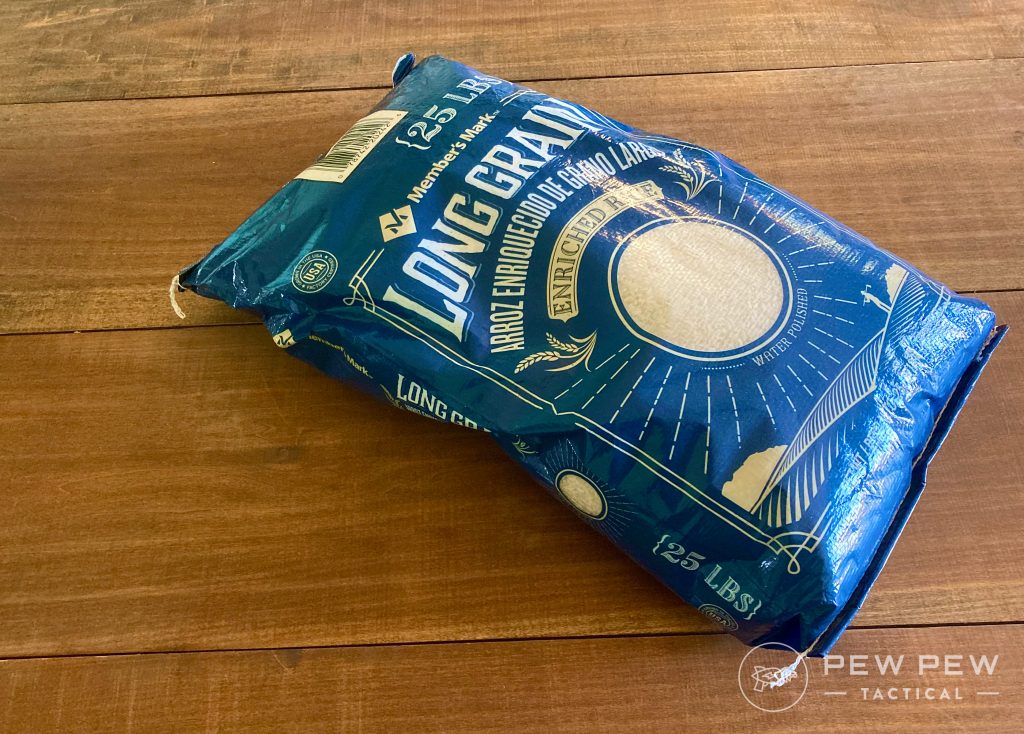
There’s a reason so much of the world predominantly eats rice…it’s cheap. A serving of rice is typically a cup, which equals around 200 calories.
That means your $10 investment here could easily net you 50,000 calories. I’m not aware of too many other food sources that are as filling and inexpensive as rice.
Spaghetti ($1.25/pound)
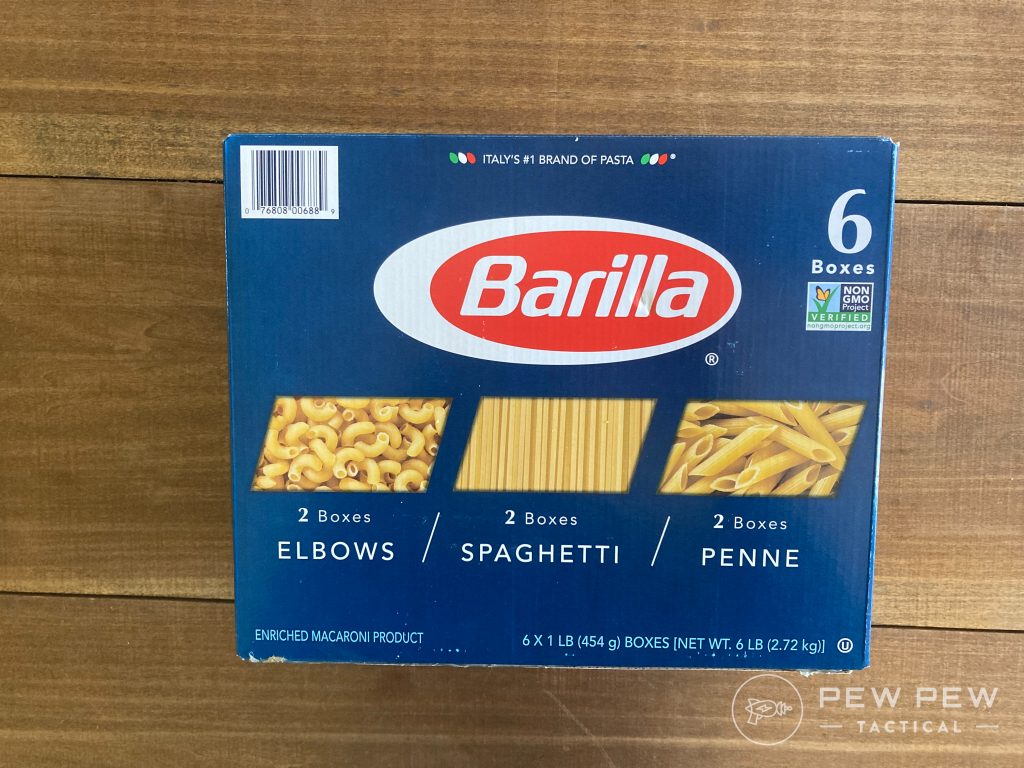
My family eats a lot of Italian food, mainly because there are a lot of us and it’s cheap.
There are somewhere around 1,600 calories per pound of dried spaghetti too. Considering you can get a pound of this for just a little over a dollar at your local grocery store, that’s not a bad deal.
It’s not anywhere near as many calories as rice/dollar, but I’ve never been able to subsist on rice alone. You have to have some variety, you know?
Canned Goods ($0.80/can)
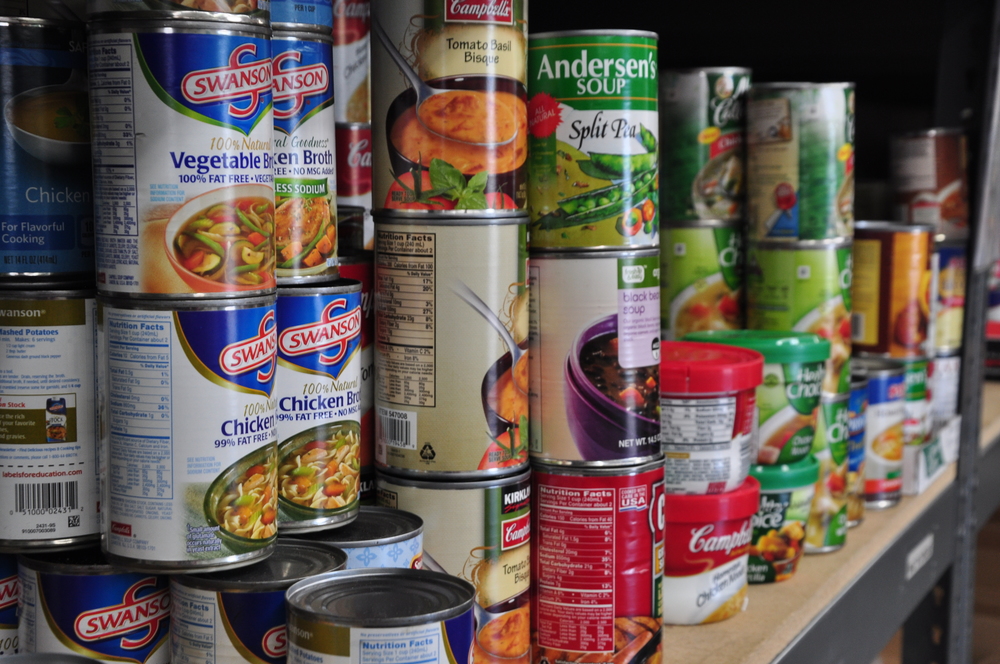
No, do not buy name brands. Focus on building up a reasonable larder first. Then look at purchasing more of the “fancy” canned goods.
Soups, vegetables, and fruits would be my main focus here as I built up my supplies on a shoestring budget.
Look for cans that aren’t dented or rusted. When you get home, mark the date you bought them on top with a permanent marker.
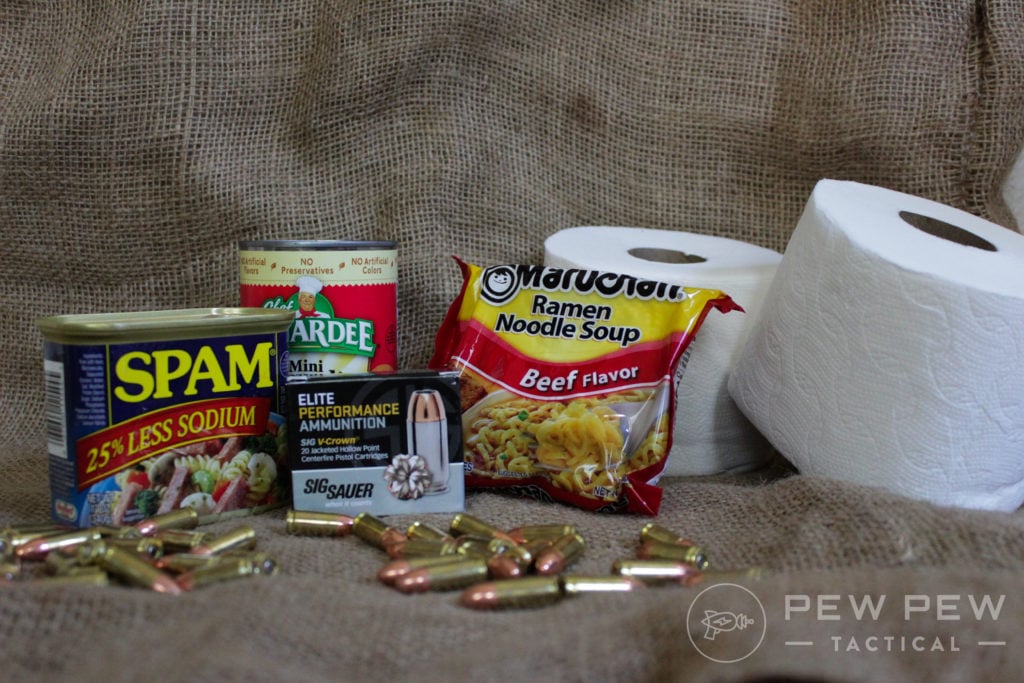
If you focus on the generic brand and shop around for sales, you can get some pretty good nutrition here with minimal investment.
Protection
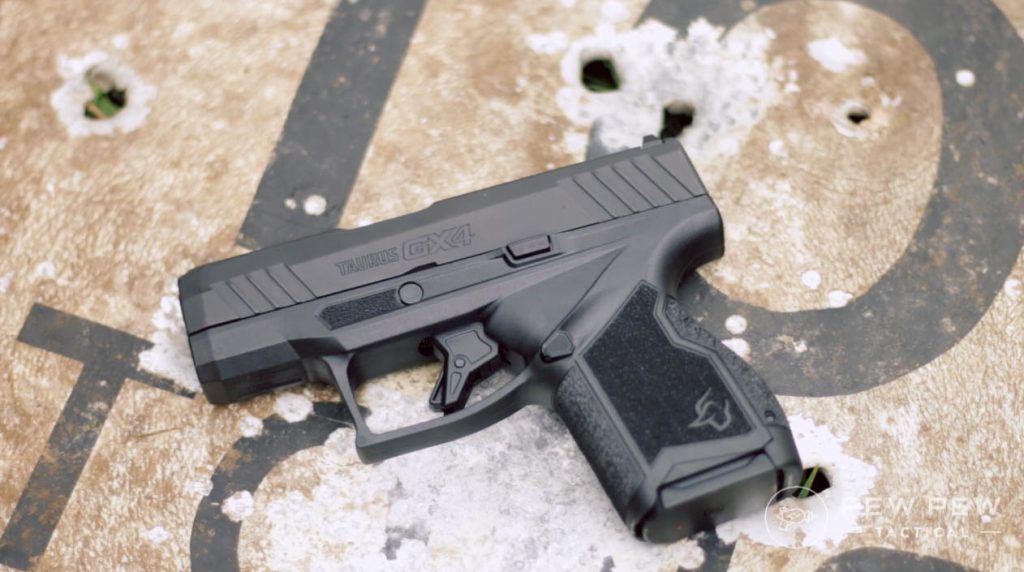
We could argue over the price of guns for days here and which is the best of the best, but I’m going to focus on two — a 9mm handgun and a 12-gauge shotgun.
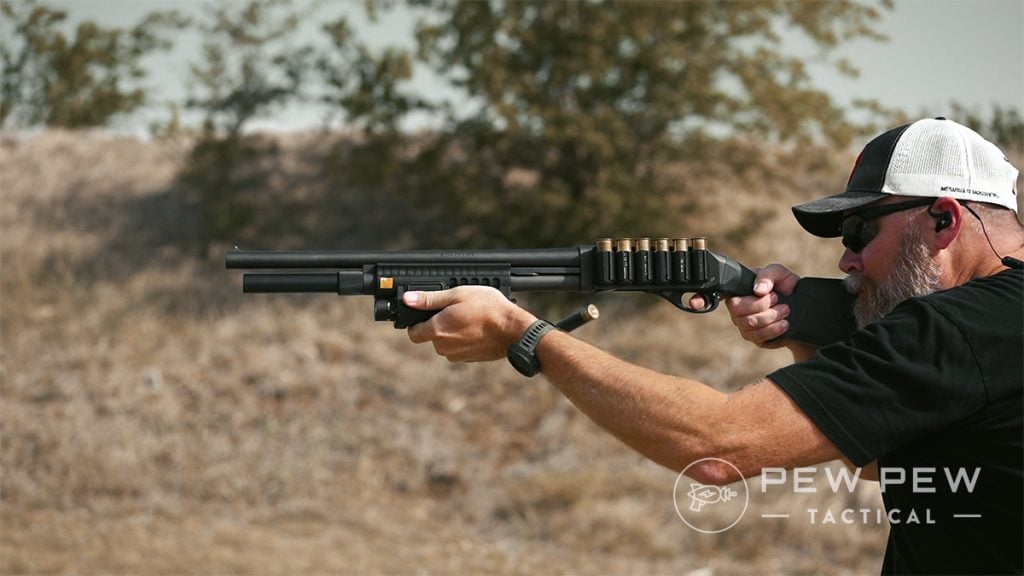
If we’re truly on a budget, that’s going to be more in line with what most people can afford. But if you’re after an AR platform rifle, we have some recommendations in our Best AR-15 guide.
For more recommendations on wallet-friendly guns, check out the Best Budget Guns for New Shooters and the Best Affordable Full-Size Guns Under $400.
Ammunition ($20-$40)
9mm Ammo in Stock
Ammo is expensive. But there’s no point having a gun for protection if you’re not also going to prep with ammo storage.
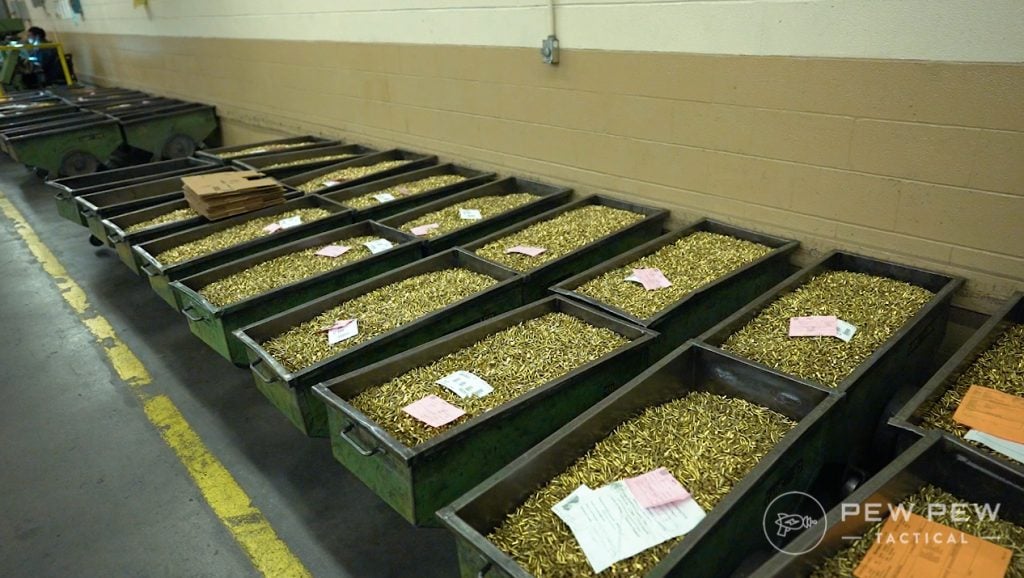
The cheapest way I’ve found to buy ammo is to find a bunch of buddies who are looking for the same caliber as you are.
Together, make a bulk purchase when it’s on sale and split the cost.
Shotgun Ammo in Stock
If this is out of the question, however, I recommend purchasing one box of ammo a month.
This can be done for around $20 to $40 and will help you slowly build up your ammunition stores without requiring a large initial investment to do so.
5.56 and .223 Ammo in Stock
Communications
There are several different routes to go when it comes to post-disaster communications, but the goal is to stay within the confines of a budget.
While I would argue you’re going to want to work your way up to having all four of these communications bases covered, start with what you deem to be your most pressing need first.
Note: Some of these do require a ham radio license, so do your research!
President Adams CB Radio ($65)
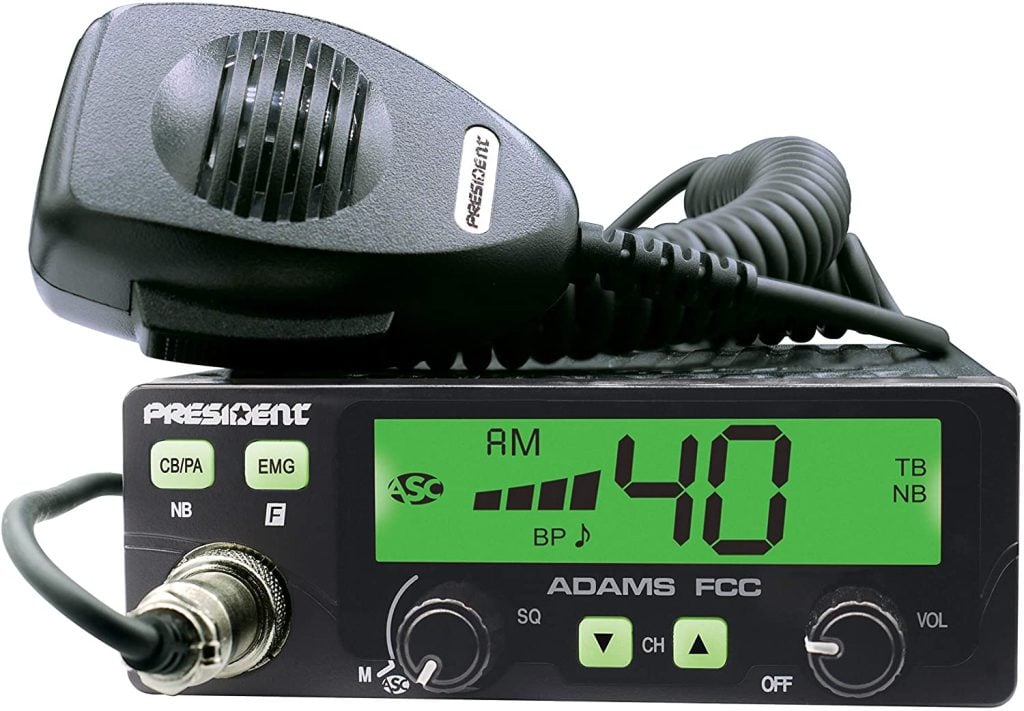
For those interested in setting up a larger information network than what FRS requires and who also don’t want to do the training required of amateur radio, I would recommend a CB.
Specifically, I think the President Adams is a fantastic choice, and it’s hard to beat at under $70.
Baofeng UV-5R ($16)
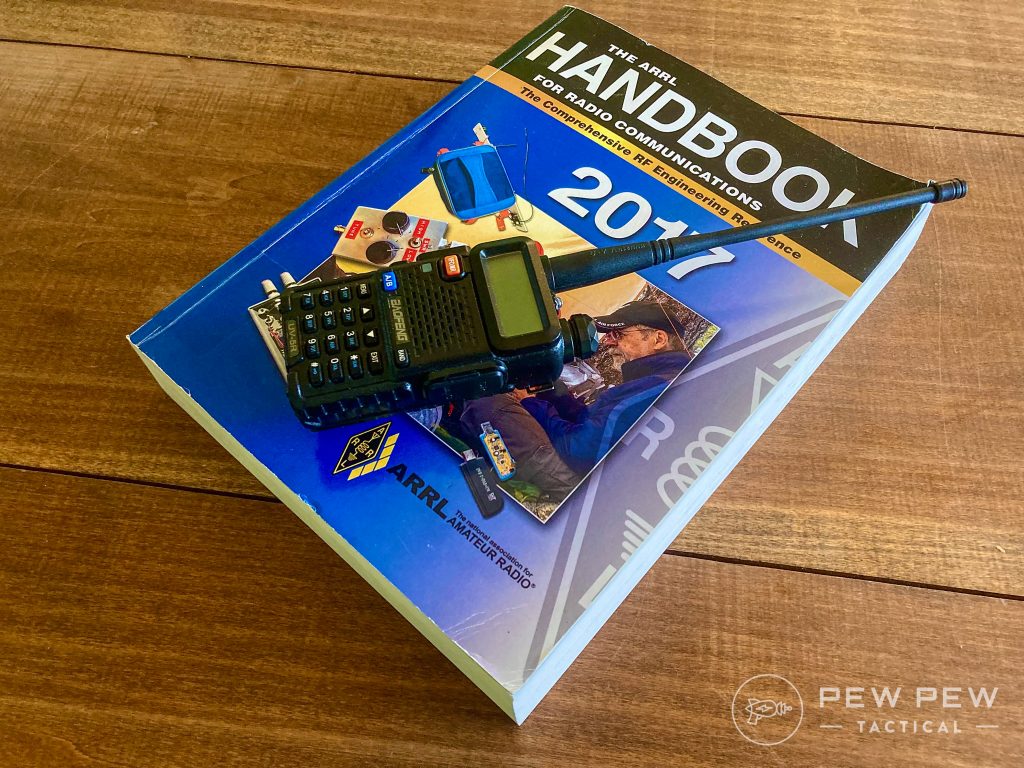
The de facto prepper radio. If you’re willing to put in the time for licensing and training, this radio will give you long-range comms within your region no problem.
I was listening in on an EchoLink repeater with mine the other day, and the person I was listening to was in Scotland.
Retekis V115 Shortwave Radio ($19)
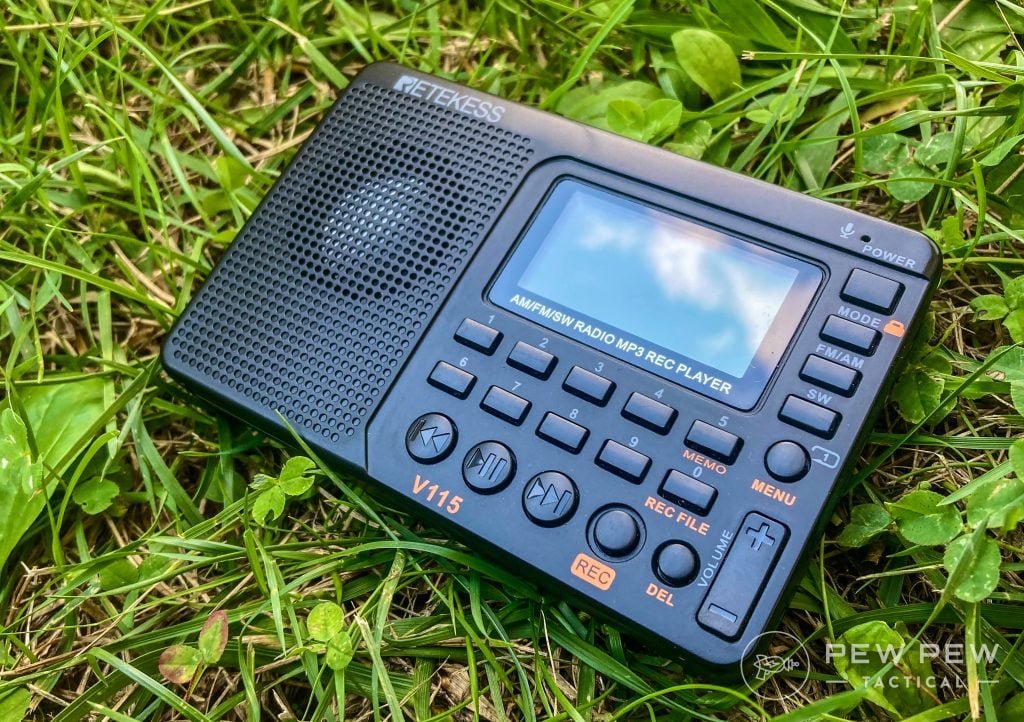
Want to get the scoop on what’s going on in the world? Then you want a shortwave receiver. This Retekis version can be found for all of $25.
FRS Radio Pack ($46)
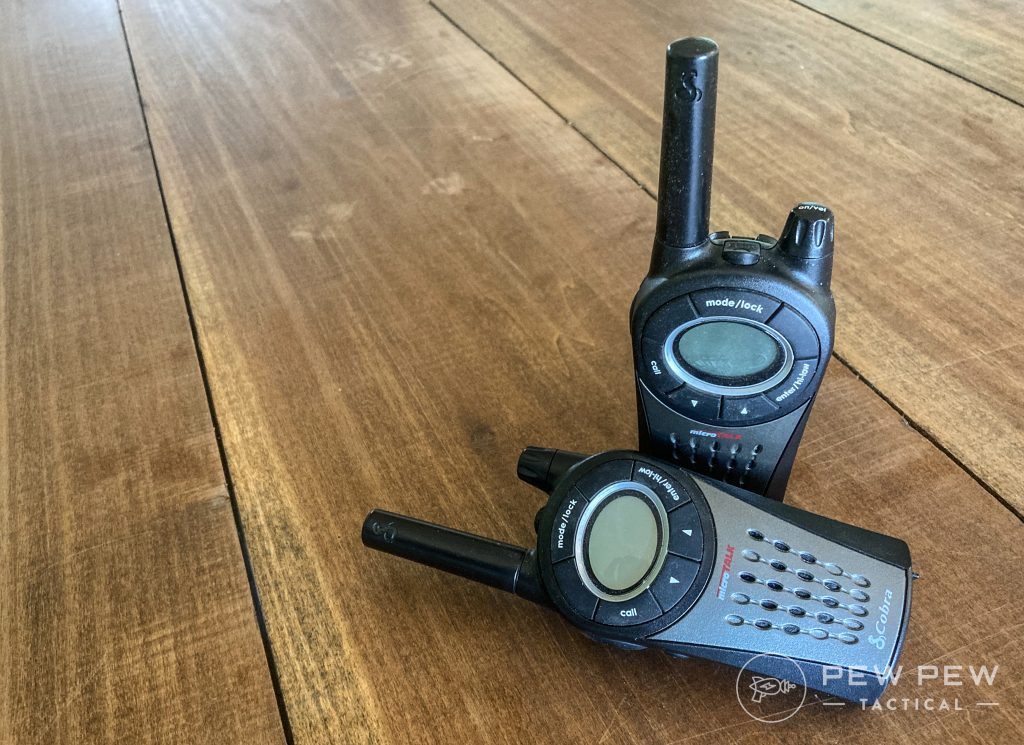
For retreat security purposes (e.g., protecting your neighborhood against attack), it’s hard to go wrong with FRS radios.
These require minimal training, have a range of about a mile, and will allow your retreat to communicate important information to each other ASAP.
No licensing is required either. It’s a win all the way around for retreat security.
Medicine & First Aid
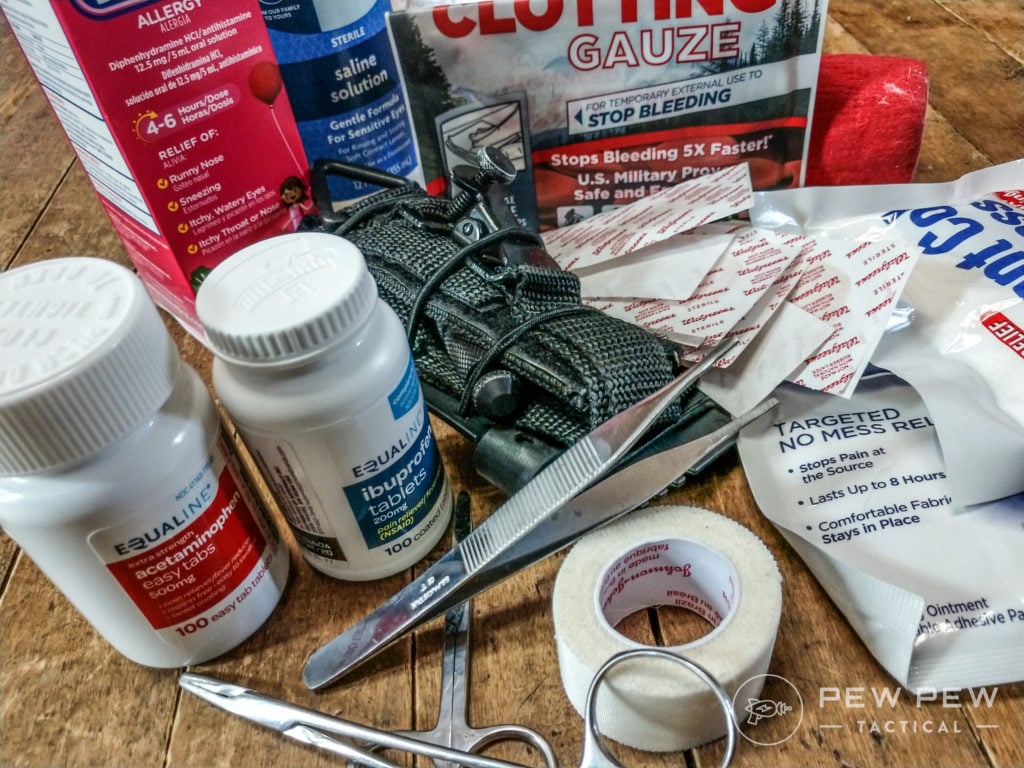
Generic OTC Medications ($25)
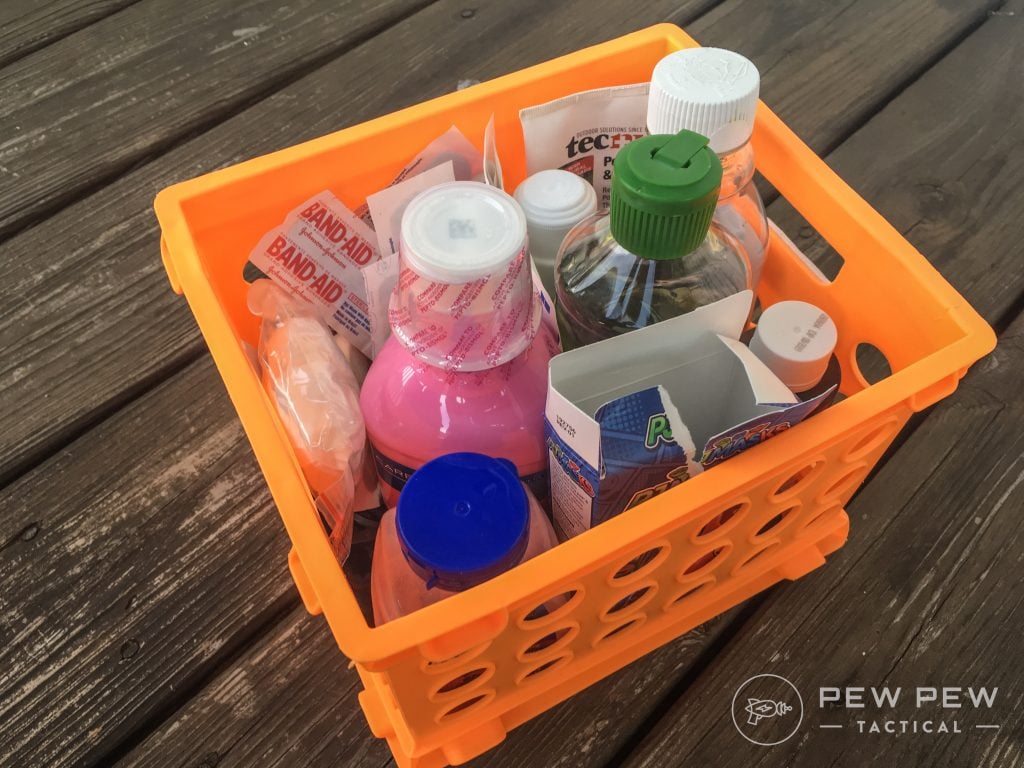
I virtually never purchase name-brand OTC meds. Oftentimes the generic version is made in the exact same place and can be yours for the taking at several dollars cheaper.
Go to your local store and pick up the meds you end up using the most — things like Tylenol, Ibuprofen, Benadryl, etc.
Focus on those first, then tackle the rest when you have your basics squared away.
First Aid Kit ($15)
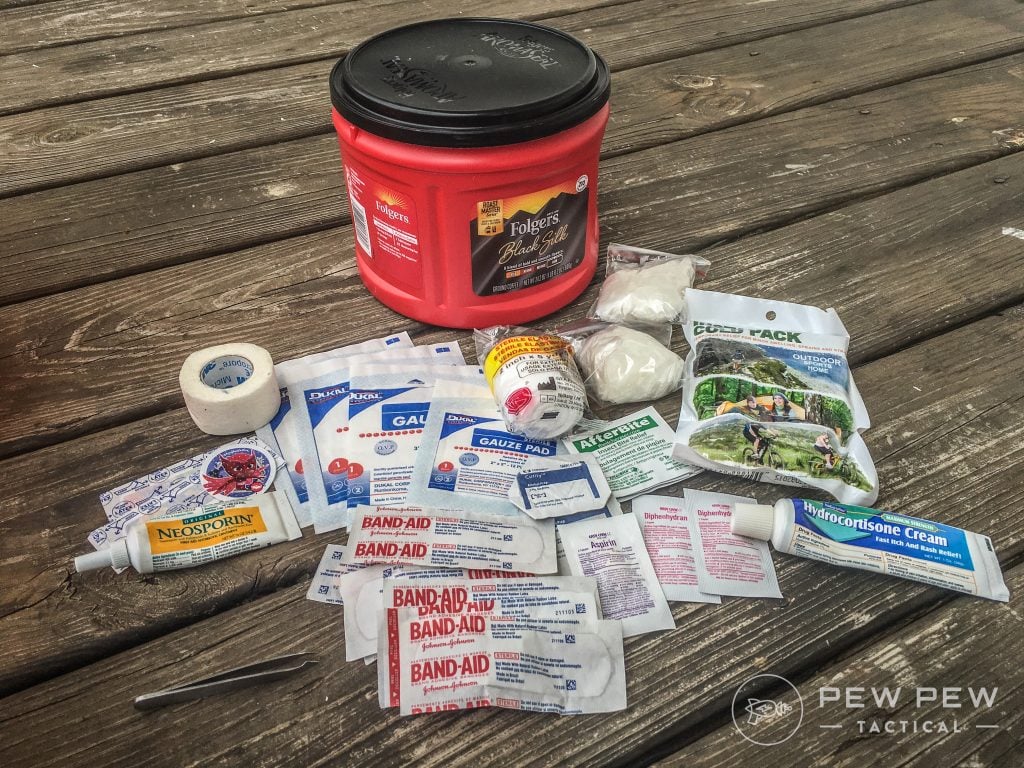
My advice here is to take a trip to your local Dollar Store with first aid on the brain and stock up.
It’s surprising how much good stuff they have here for your first aid supplies, and at a fantastic price as well. Nothing will be name-brand, but it’s all worked great for me so far.
For a more in-depth guide, check out my guide to building your own first-aid kit. Also, don’t forget that skills are more important than gear, so get spun up with the Best First Aid Classes and the First Aid Skills You Should Know.
Trauma Kit
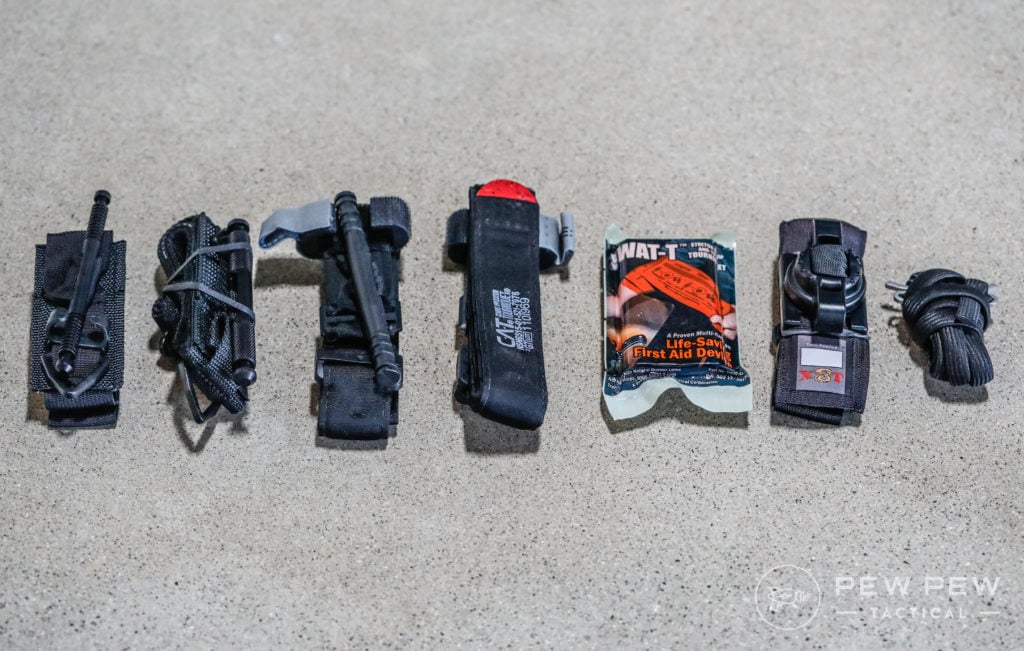
Typically, this consists of a tourniquet, gloves, a blood-clotting agent, and a pressure bandage.
You can check out our tourniquet recommendations to help you make your choice there.
For the other items, I would go ahead and buy name-brand Celox and an OLAES pressure bandage.
Hygiene
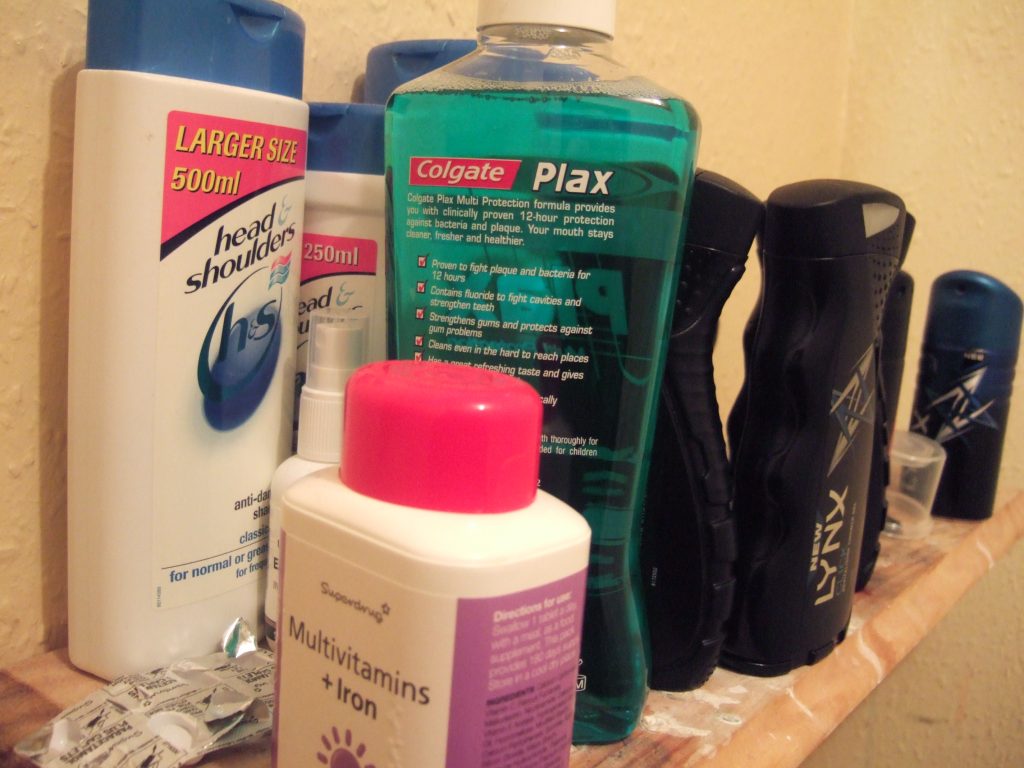
Proper hygiene is absolutely vital to post-disaster health. If you don’t want to end up catching some type of nasty bug, you need to ensure you’re staying clean.
So stock up on things like toothpaste, toilet paper, toothbrushes, floss, soap, shampoo, and other hygiene supplies.
Miscellaneous
Some items just don’t fit well within any of the other categories that we’ve named. That said, they make disaster situations much more pleasant than life without them.
Mora Knives ($12)
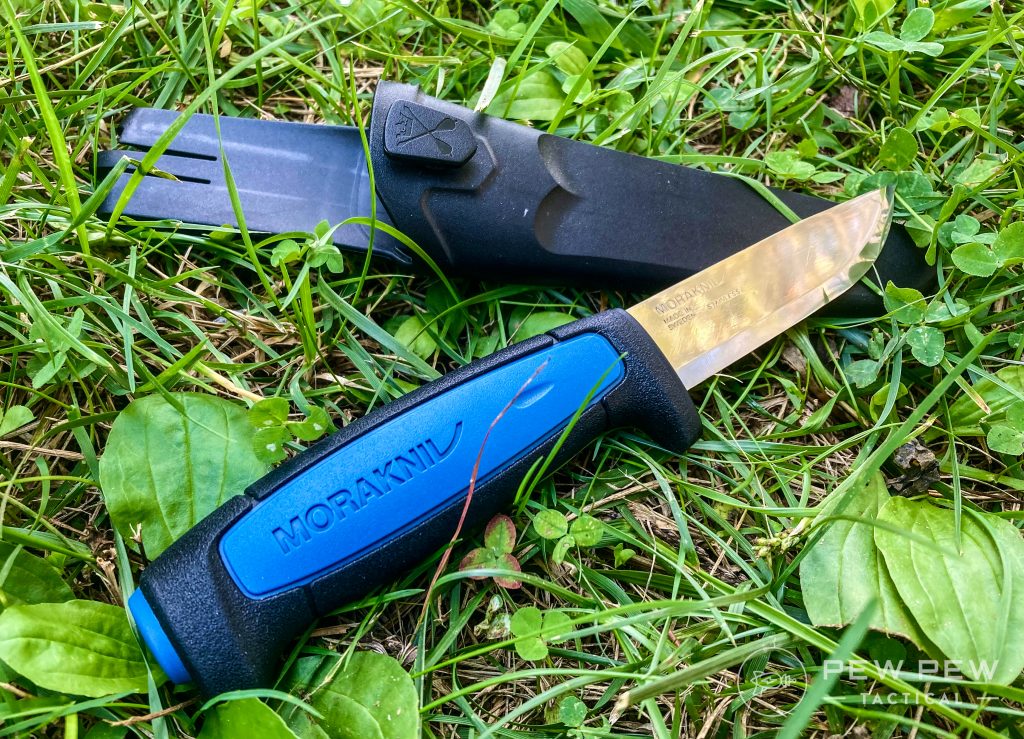
You’ll want a quality blade, and you’d be hard-pressed to find a knife with as good of a reputation and an economical stance as Mora. I just picked one up the other day for $10, and it’s fantastic.
Paracord ($8)
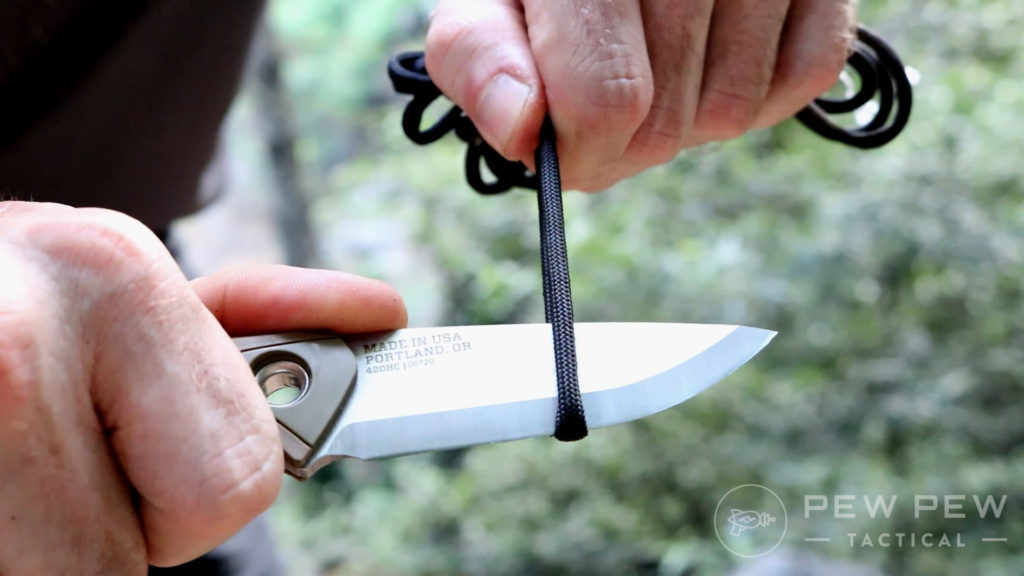
I consider this a necessity as cordage makes survival situations much more pleasant.
Tarps ($10)
Tarps are like duct tape. They’re good for all kinds of stuff. Pick up two of them when you can. Most of the time, these can be had for $10.
Headlamps ($14)
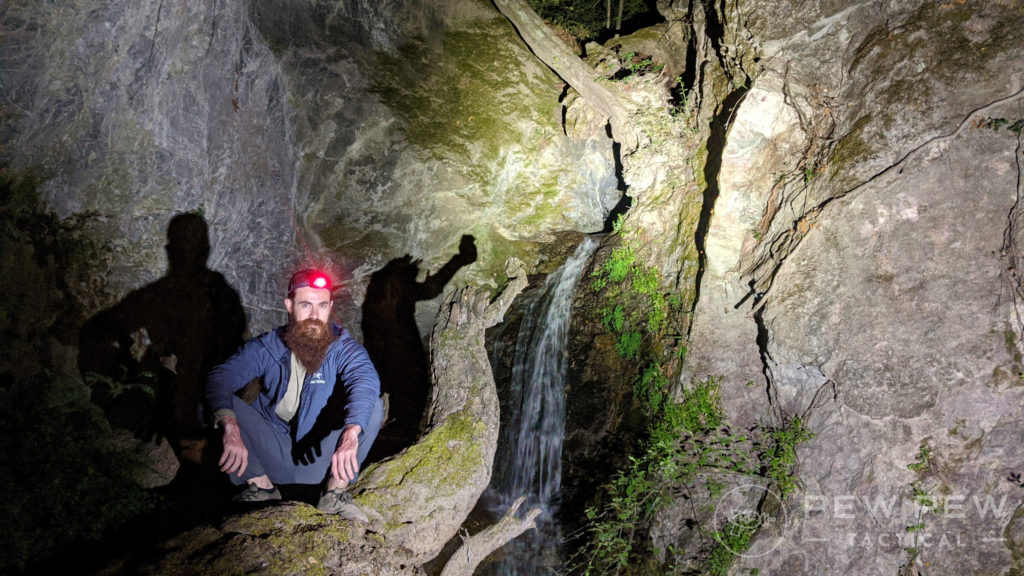
Power outages are incredibly common (and annoying). They can also be rather dangerous if you find yourself attempting to move about a house in pitch black.
I’ve found headlamps to be a superior form of lighting in such a situation.
The Black Diamond Storm is a great option, but you can also find even cheaper ones that are still of great quality.
Information
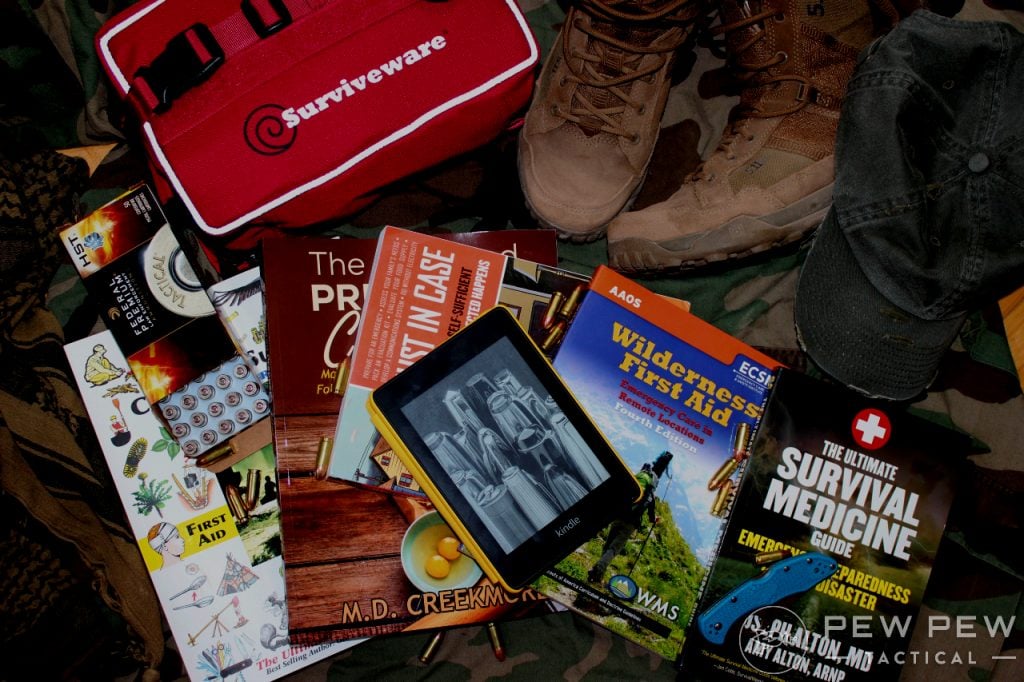
Having the right gear is only a part of the equation. Knowing what to expect with each different disaster and what to do to survive is another significant part.
If that’s where you find yourself, I highly recommend you check out Pew Pew Tactical’s Survival & Prepping Guide.
In it, you’ll find information on just about every aspect of prepping imaginable. We have how-to guides, reviews, and a host of other articles you’re bound to find useful.
Why You Should Trust Pew Pew Tactical
Who’s responsible for this article anyway?
This article is a meta-analysis based on our experiences as preppers and survivalists. Leading the way is former Pew Pew Tactical author Aden Tate. Aden is a prepper with extensive experience in homesteading and survivalism. He’s written several articles for Pew Pew Tactical and other publications on prepping, first aid, and survival topics.
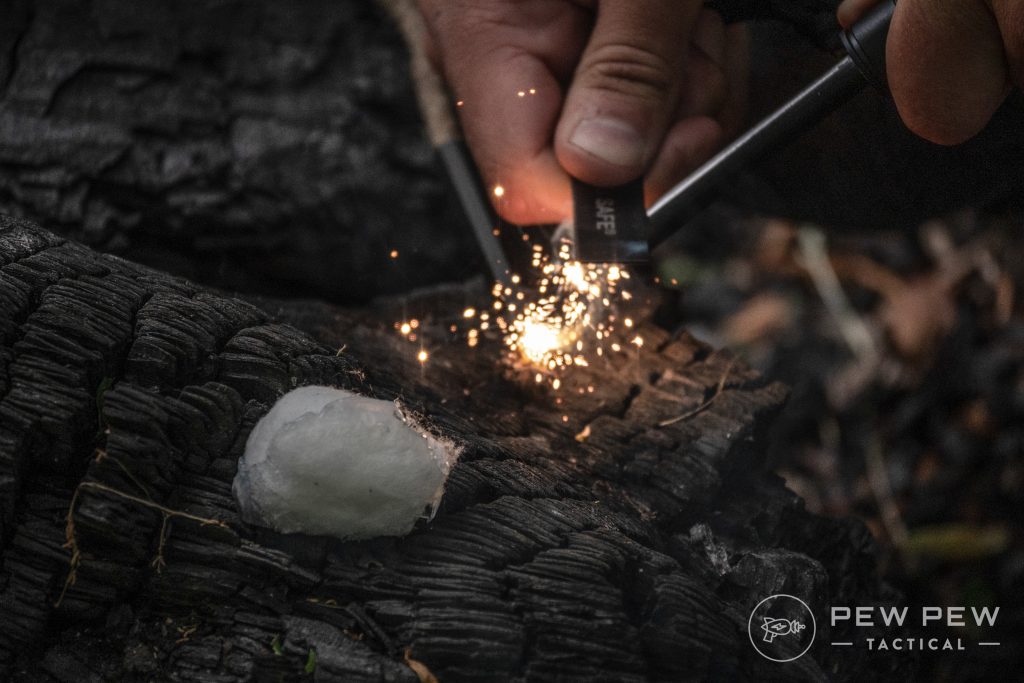
Our experienced team of authors is run by Editor-in-Chief Jacki Billings, a member of the Society of Professional Journalists, ACES: Society for Editing, and the Professional Outdoor Media Association. Jacki has a bachelor’s degree in Mass Communications and has worked as a media professional for over 20 years. As Editor-in-Chief, she uses her expertise to set testing protocols and editorial standards across the site.
Final Thoughts
Prepping doesn’t have to be an expensive activity. Bottom line: it’s better to mitigate your disaster risk with the budget you have available.
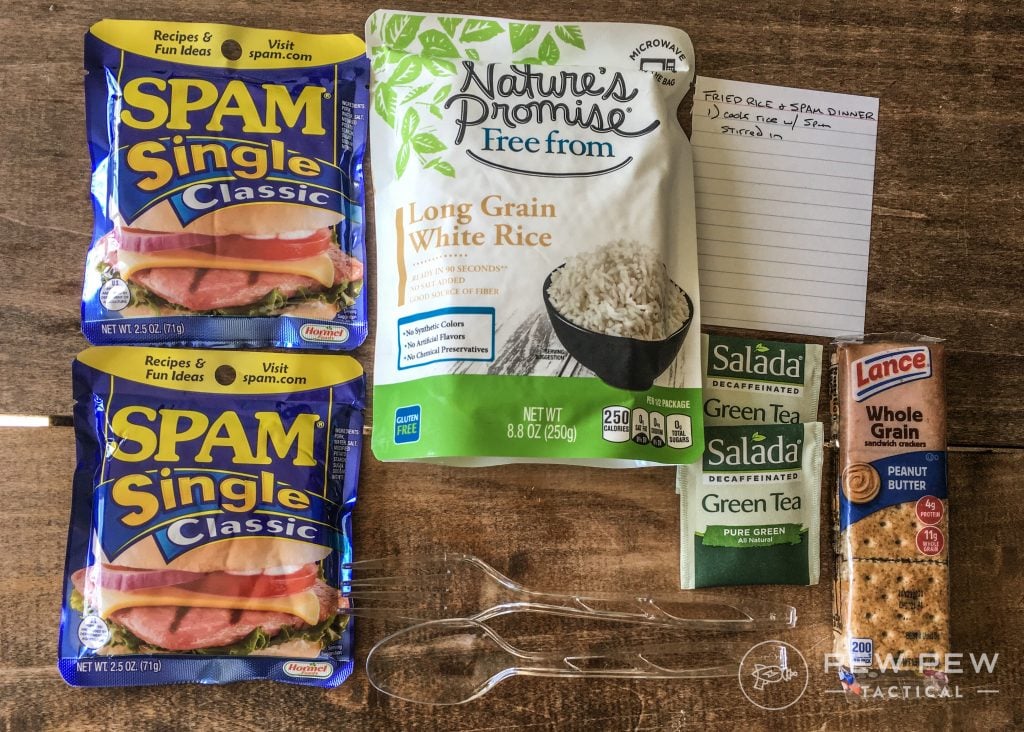
You make do with what you have, right? Protecting you and your family from disaster isn’t just a rich man’s game.
Anybody can do it with the right ingenuity and mindset. And by following some of the above tips, I think you’ll discover just how easy it can be.
Are there other tips and tricks for prepping on a shoestring budget that we didn’t cover here? Let us know in the comments below! Want to keep things cheap? Check out how to prepare your own MREs at home!
Latest Updates
October 2024: Added to Protection section with new recommendations and added new information to Communications.

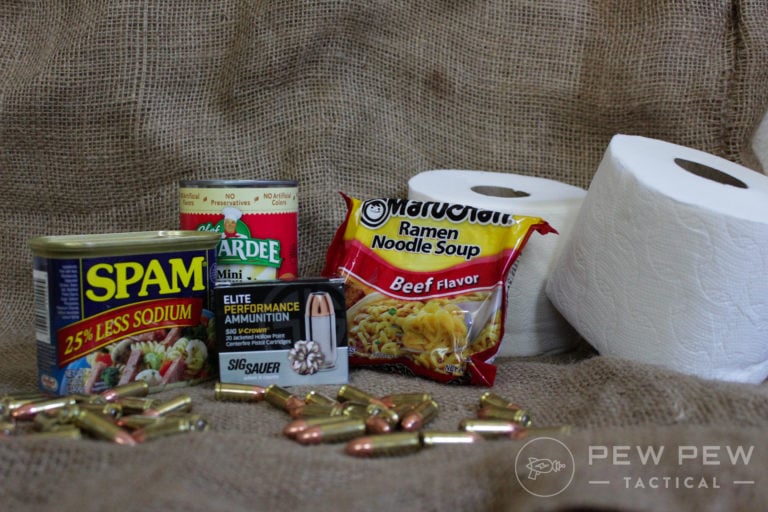







4 Leave a Reply
Good Article Aden. You and I have conversed before on the Organic Prepper site.
Prepping on a Budget is possible, it's just a little more difficult than when you have unlimited funds. It requires Patience, Prioritization and Research/ Shopping around for the best values.
The LGS I've bought probably 90% of the guns I own, will, if you talk with Owner, let you do an extended La-A-Way, up to 9 or 10 months. This excludes Sale Items, but for that length of time, limitations are to be expected.
I've found some private sellers willing to do that as well, though not since Private Sales are now required to have an FFL do a 4473 in my State.
Surplus Gear, I've had better luck dealing with the Mom and Pop stores, than the big Surplus Stores.
I Reload most of my Ammo, though I do buy some new when the price is right.
Though this does require investing in equipment, it's still possible to get into a basic set-up using companies like Lee Precision, for under $200 for a basic Single Stage Press. Though Reloading doesn't save the money it did when I started 40+ years ago, it still saves you some bucks.
The main factory ammo I buy is IMI's 77gr Sierra Match King HPBTs. Regular msrp is over a $1.00 per round. A company called Midway throws it on sale around $0.70/round every couple of months. I signed up for and get Text Alerts when it goes on sale. I've also used Ammosquared for purchases a few times. Their Lay-A-Way type program is tailor made for those of us on low budgets.
I've been doing this for 12+ years now, ever since I was forced to retire on Disability. My monthly income is just barely over Poverty level, so I had to learn early on about the need to budget. Currently, I'm about 2/3rds of the way towards being able to purchase Level III plates. About 3 more months and I'll be at the purchase price. I began setting a few bucks aside about 10 months ago. So almost a year for this purchase.
Admittedly, the Biden Economy is only making it harder and costlier to m
Budget and Prioritize, but it's still possible, if one's careful and plans accordingly.
All around great advice...
A great, "Set it and forget it" concept for stacking ammo is AmmoSquared. Buy any amount of any caliber for your monthly "budget amount", and they stock it and hold it until you want it shipped. Been with them for years, won't disappoint..
I agree they are a great way of buying ammo. Almost like the old Lay-A-Way plans the way they've got it set up.